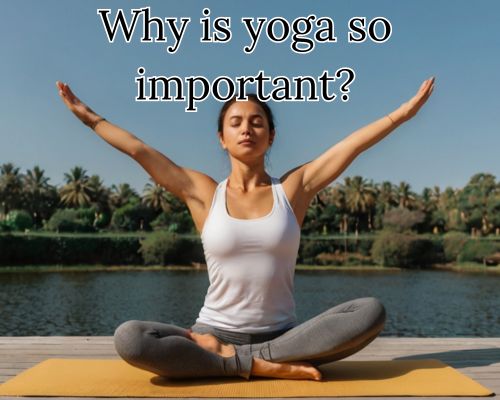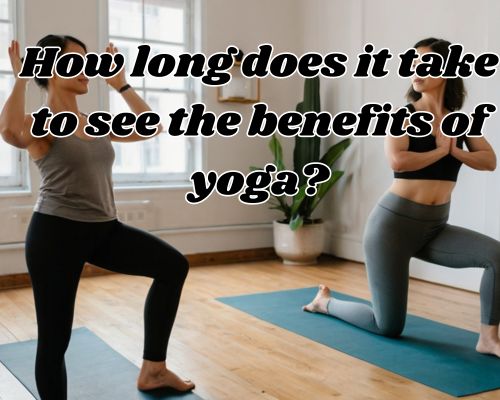Step-by-Step Guide: Using a Hoyer Lift Sling Safely and Effectively
Using a hoyer lift sling is one of the most effective ways to safely transfer individuals with limited mobility. Whether you’re a caregiver at home or in a medical facility, knowing how to use the lift properly ensures safety, reduces injury risk, and maintains dignity during transfers. This guide walks you through the process in clear, actionable steps.
Why Proper Sling Use Matters
Incorrect use of a hoyer lift sling can lead to patient discomfort, injury, or falls. It can also strain caregivers physically and emotionally. When done correctly, the lift process becomes smooth, efficient, and significantly safer for both parties.
Essential Equipment Checklist
Before you begin, make sure you have:
- A fully functional hoyer lift (manual or powered)
- A properly sized and undamaged sling
- Clear floor space for maneuvering
- A flat, stable surface for transferring (e.g., bed, wheelchair, toilet chair)
Always inspect all equipment before use. Frayed straps, torn fabric, or loose hooks should never be ignored.
Step 1: Assess the Patient’s Condition
Every transfer should begin with a quick assessment:
- Is the patient alert or confused?
- Can they bear any weight or assist with positioning?
- Do they have pressure sores, IVs, or sensitive areas to consider?
- Are they experiencing pain or anxiety?
Tailor your approach based on their mobility level and cognitive awareness.
Step 2: Choose the Right Hoyer Lift Sling
Not all slings are created equal. The type of sling you select affects comfort, support, and transfer safety. Common types include:
- Full-body slings: For non-weight-bearing individuals needing full support
- U-slings (universal slings): Easier to apply and suitable for many general transfers
- Toileting slings: Designed for hygiene access but require some trunk control
- Mesh slings: Ideal for bathing or when the sling needs to remain under the patient
- Padded slings: Better for patients with skin sensitivity or long-term use
Also, ensure the sling’s size and weight capacity match the individual’s body dimensions.
Step 3: Position the Sling Correctly
For bed-bound patients:
- Roll the patient gently onto one side.
- Fold the sling lengthwise and slide it beneath the back.
- Roll the patient to the other side and pull the sling through.
- Lay the patient flat again and ensure the sling is centered with no wrinkles.
For seated patients:
- Support the patient in a forward-leaning position.
- Slide the sling behind the back down to the tailbone.
- Bring the leg straps under each thigh and position them evenly.
Incorrect placement can lead to instability or discomfort during the lift.
Step 4: Attach the Sling to the Lift Arm
Bring the lift’s spreader bar directly over the patient’s chest or torso. Follow these best practices:
- Attach shoulder straps first, using equal loops for balance
- Attach leg straps, either straight or crossed under the thighs
- Confirm that all hooks or clips are secure and not twisted
- Use longer loops at the legs and shorter ones at the shoulders for an upright position
Refer to the manufacturer’s instructions for strap combinations specific to your sling and lift.
Step 5: Perform the Lift with Control
Begin lifting the patient slowly:
- Use the hand control (powered) or the hydraulic pump (manual)
- Stop lifting once the patient is just above the transfer surface
- Observe body posture—head should be supported, and hips should not slump
- Reassure the patient and explain each move as you go
Never leave a patient suspended. Always stay close during the lift.
Step 6: Transfer and Reposition
Carefully wheel the lift to the new location:
- Align the lift’s base with the destination (bed, wheelchair, commode)
- Unlock the wheels to move, then lock again when lowering
- Gently lower the patient until they are in a safe sitting or lying position
- Use your hand to guide hips, knees, or back into place as needed
Maintain good body mechanics to prevent caregiver strain.
Step 7: Detach and Adjust the Sling
Once the patient is securely positioned:
- Unhook all straps from the lift
- If the sling is leave-in, smooth it out to avoid wrinkles or pressure points
- If removing the sling, slide it out carefully, avoiding skin friction
Check the patient for signs of discomfort or misalignment.
Step 8: Clean and Store the Equipment
After each use:
- Wipe down the lift arm and controls
- Machine wash the sling according to the manufacturer’s care instructions
- Hang to air dry if possible, avoid high heat
- Store both sling and lift in a clean, dry area
Routine cleaning extends the life of the equipment and supports hygiene standards.
Troubleshooting Common Issues
- Patient sliding or tilting? Double-check strap length symmetry.
- Lift won’t raise? Check battery or hydraulic pressure.
- Sling feels uncomfortable? Try a padded option or switch strap configuration.
- Patient afraid? Talk through the process gently and allow them time to adjust.
Support and Training Make a Difference
Don’t hesitate to ask for professional training from a physical therapist, nurse, or home health provider. Many sling suppliers offer instructional videos or demos to ensure you’re confident using the equipment. A well-trained caregiver means a safer, more comfortable experience for everyone involved.




